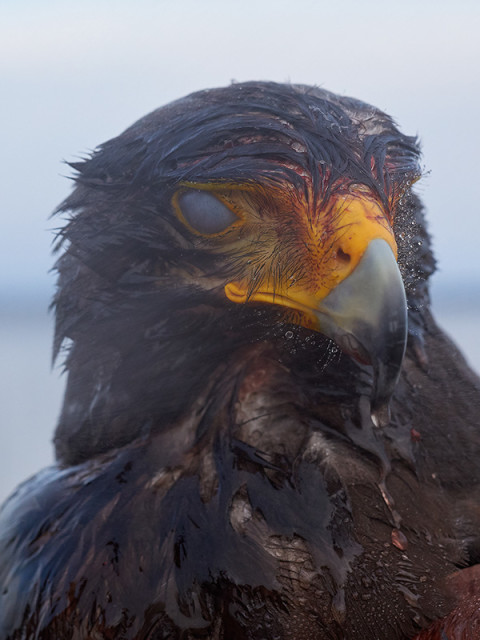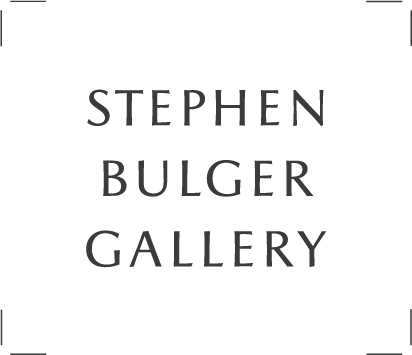Exhibition Dates: September 12 – October 17, 2020*
Opening Receptions with Guillaume Simoneau in attendance:
Friday September 11, 4-8pm & Saturday September 12, 11am-6pm
Please use our online booking or call the gallery to schedule your visit.
*The gallery is open by appointment from Tuesday to Saturday from 11am-5pm. To schedule a visit please use stephenbulgergallery.appointlet.com or call the gallery at 416.504.0575.
Stephen Bulger Gallery is pleased to present “Murder”, our second solo exhibition of work by Canadian photographer Guillaume Simoneau. Signed copies of Guillaume’s 2019 book Murder, MACK Books, are also available for purchase.
“Murder” was produced in the Spring of 2016 and 2017 in the seismic prefecture of Saga and the mountainous region of Kanazawa, Japan. After looking to the great outdoors to bring us “Experimental Lake”, Simoneau now opts for a more personal and intimate narrative reminiscent of the enormous emotional charge emanating from his book Love and War (Dewi Lewis, 2013).
“This body of work is a response: a timeless dialogue with the work of my mother, Jeanne d’Arc Fournier, as well as an homage-attack to the acclaimed Ravens series by Japanese photographer Masahisa Fukase (1934-2012),” says Simoneau.
Simoneau was about four years old when his father chopped down a tree that housed a nest full of baby crows. He was about fifteen metres from the crash site and still remembers the plaintive cawing. This is how his family became, in spite of itself, the foster home to four young mischievous corvids. Simoneau’s mother, armed with a Japanese Mamiya/Sekor camera, documented the newly found experimental relationship. The memory of these events, and the series of work by his mother, prompted Simoneau to develop this improbable dialogue, almost 35 years later.
At the same time, on the other side of the Pacific, Masahisa Fukase was producing his book Karasu (Ravens). Created mainly in the Hokkaido region and the Kanazawa prefecture, this obscure post-war masterpiece remains one of the most significant collections of images ever published in Japan.
In “Murder”, Simoneau’s works seek to honour the Japanese master in a violent and modern way. This same violence, juxtaposed with the calm and gentleness of his mother's instinctive images, presumes a romantic – maybe even watered down – vision of both his childhood and of the past. The omnipresence of such oppositions and tensions in Simoneau’s work is because of his primary focus on the simultaneous presence of power and vulnerability, on the unique and fleeting coexistence of strengths and weaknesses. The sublime, the horrible, attention, negligence, youth, old age, gentleness, violence, day, night, life, and death: the layers are multiple and the proposal complex.
The works take the form of fragmented stories, reflecting the extraordinary complexity of the world in which we live. They are recounted in a non-linear narrative where facts give way to perspectives, and truths to opinions.


